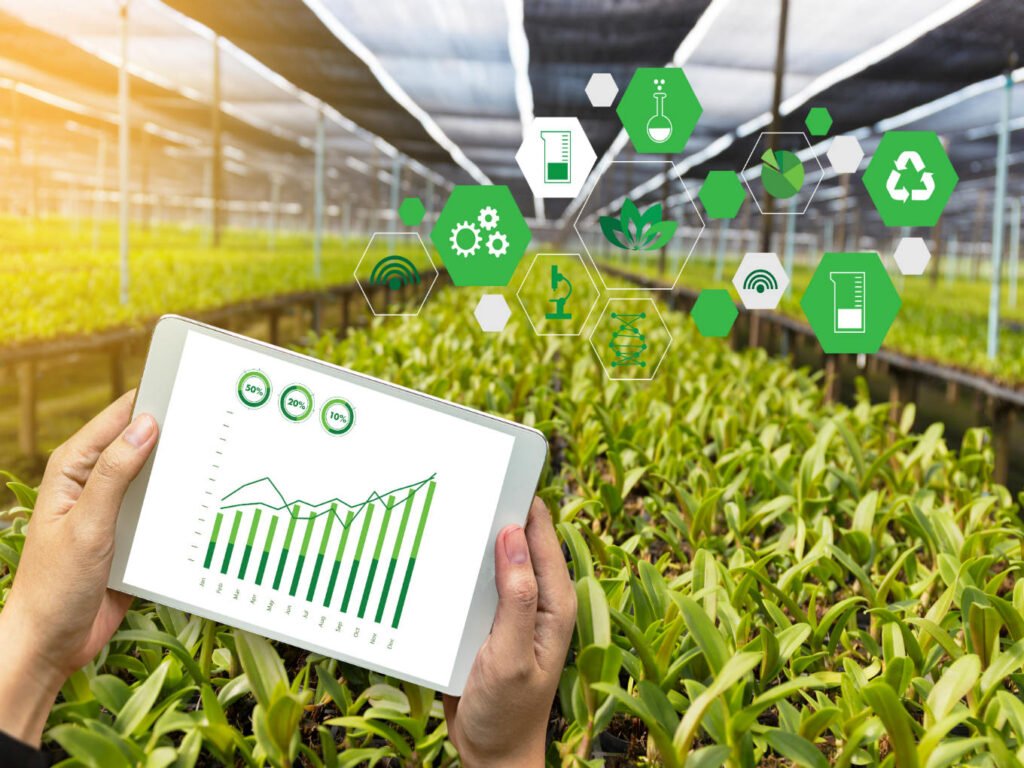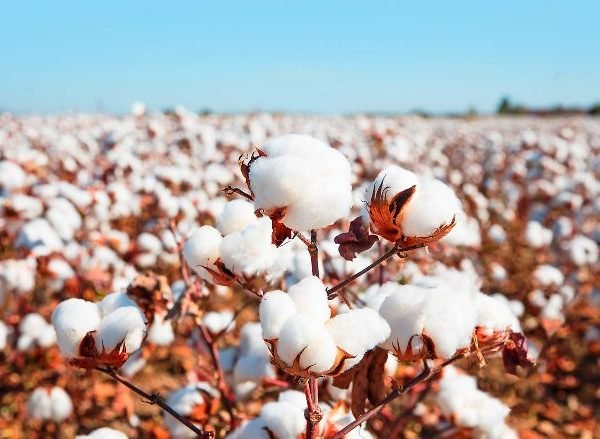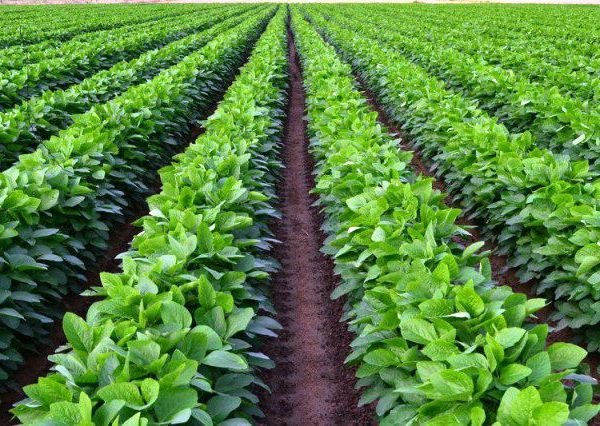What is an Agricultural Product?
Agriculture futures trading is an exchange where participants buy and sell contracts for agricultural commodities. It helps manage price risk for farmers, processors, and consumers, and provides liquidity and transparency. However, it also involves risks due to volatility in factors such as weather and government policies. Participants rarely take physical delivery of the commodities. Overall, it’s a useful tool for managing the inherent volatility in the agriculture sector. Examples of agricultural commodities include grains (corn, soybeans, wheat, cotton). Here is a list of products offered by PMEX.
- COTTON
- CORN
- SOYBEANS
- WHEAT

COTTON
Individuals and businesses involved in the cotton industry can manage price fluctuations by utilizing cotton futures trading. Producers can employ a short hedge to secure a selling price for their cotton while buyers can utilize a long hedge to secure a purchase price. Additionally, speculators can buy or sell cotton futures based on their predictions of future price movement with the potential to profit from favorable changes.

CORN

Corn futures are contracts traded on the Chicago Board of Trade (CBOT), regulated by the CFTC. They are among the top 5 most commonly traded commodity futures. Corn is the most widely grown crop in the US, and corn futures are the most actively traded market for grains and oilseeds. Corn is mainly used as livestock and poultry feed, but it is also an important ingredient in many foods we consume daily, such as corn oil, corn starch, and corn sweeteners. Corn is also used for non-food purposes, including ethanol fuel, disposable diapers, and paper product adhesives.
Investors can use corn futures to hedge or diversify their portfolios with investments that have low correlation with their financial assets. The performance of the US economy plays a significant role in the pricing of corn futures, making them suitable for investors to hedge against inflation concerns.
Traders can speculate on the price of corn using corn futures. The price of corn can change based on various factors, such as weather events that affect crop output, changes in demand due to consumer trends, demand for fuel, government subsidy or tax policies, and the value of the US dollar.
SOYBEANS
Soybean futures are contracts that are traded electronically on the Chicago Board of Trade (CBOT). Soybeans have a wide variety of uses, from being a key ingredient in many food products to being seen as a renewable resource with numerous industrial applications. Traders use soybean futures as a liquid tool to manage risk and diversify their portfolios with this popular agricultural commodity.
Investors can use soybean futures to hedge or diversify their portfolio with investments that have a low correlation to their financial assets. Since soybean futures are priced in U.S. dollars, the performance of the U.S. economy plays a crucial role in their pricing, providing a way for investors to use soybean futures as a hedge against inflation concerns.
Traders use soybean futures to speculate on the price of soybeans, which can be influenced by various factors like weather events affecting crop production by farmers, changes in demand from developing countries that use soybean feeds for livestock and oils, and the value of the U.S. dollar.

WHEAT

Consumers and producers of wheat can manage wheat price risk by purchasing and selling wheat futures. Wheat producers can employ a short hedge to lock in a selling price for the wheat they produce while businesses that require wheat can utilize a long hedge to secure a purchase price for the commodity they need.
Wheat futures are also traded by speculators who assume the price risk that hedgers try to avoid in return for a chance to profit from favorable wheat price movement. Speculators buy wheat futures when they believe that wheat prices will go up. Conversely, they will sell wheat futures when they think that wheat prices will fall.
